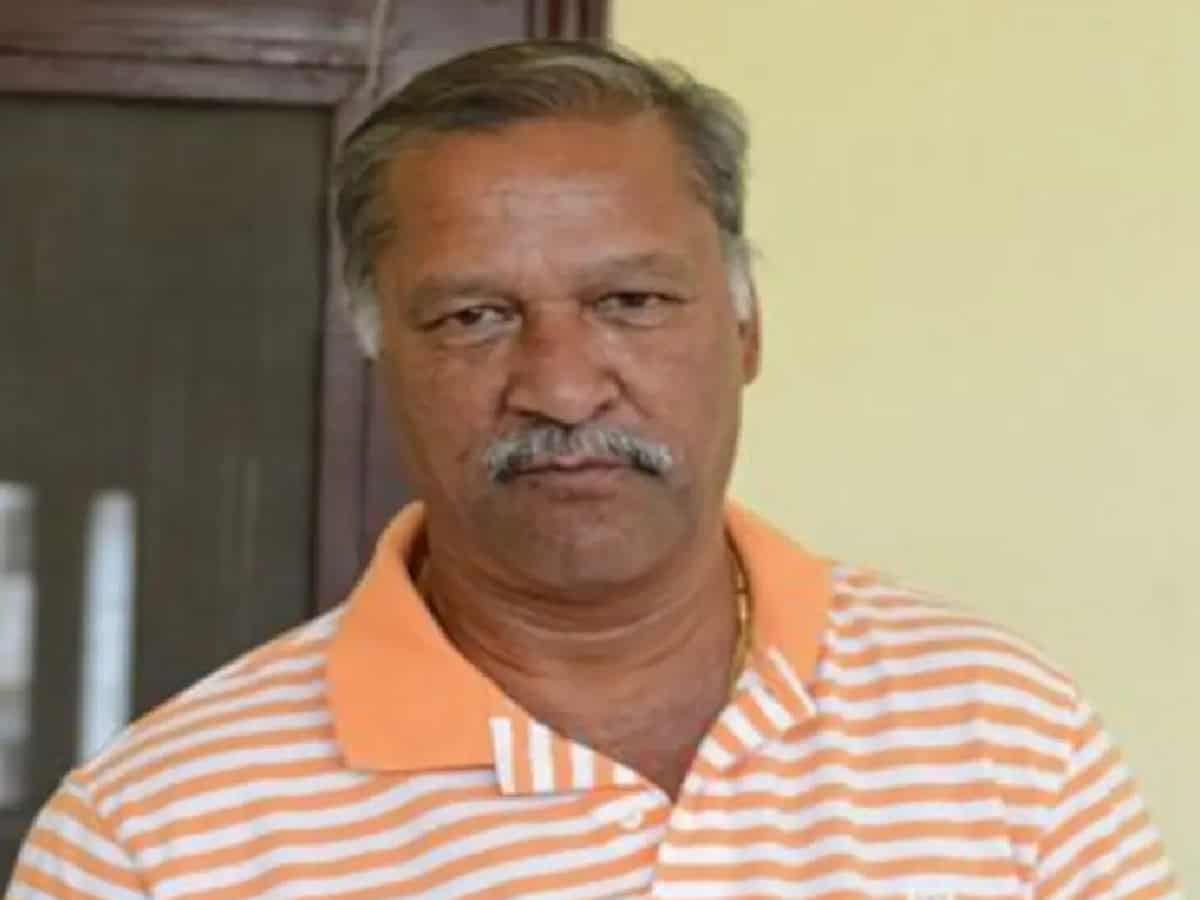
So once again India has been eliminated from a major cricket tournament. This time it is the Asia Cup. After two successive losses to Pakistan and Sri Lanka, India’s ship began sinking slowly like the Titanic. When Pakistan defeated Afghanistan by one wicket, the door banged shut on India and the dejected Indian players began packing their bags.
For team India, this situation is nothing new. It has often happened in the past. The Indian team which is often hailed as the top ranked team in the world frequently slips up when it comes to the crunch. What lies behind this debacle? Is it a question of being complacent? Or is it that the weight of expectations of a billion fans become too much for the players to cope with?
Abraham Lincoln had once said to a friend: “My great concern is not whether you have failed but whether you are content with your failure.” The point raised by one of America’s most famous Presidents is aptly applicable to team India. Lincoln was no stranger to failure but he was determined to overcome them. He was defeated in elections seven times, he lost his job, the woman he was planning to marry died, his business failed and he had a nervous breakdown. Yet he climbed over all these hurdles and became one of the most famous and successful Presidents of the USA. Can team India do it too? Can they find answers to their problems before the T20 World Cup in October?
First let us examine what could be the possible reasons for the Indian team’s inability to withstand pressure. It doesn’t always happen but it occurs sometimes against weak opponents and all the hard work is undone. So the problem needs to be looked into.
Does the media hype that our players are the best, our players are ranked number one, we have the most talented batters and bowlers – do all these frequently publicised suppositions aired by the media affect the minds of the players? After watching the dismal show against Sri Lanka it definitely seemed so. The Indians seemed to be playing as if their reputation itself would ensure a victory. The islanders on the other hand had nothing to lose. They fought with tooth and claw knowing that they had to fight to survive.
The fans and experts were furious and understandably so. Social media was flooded with sarcasm about the inability of the men in the blue jerseys.”Lost to Pakistan, lost to Sri Lanka, ab toh Afghanistan bhi dangerous lag rahi hai,” commented one fan. Well known commentator Harsha Bhogle remarked on Twitter: “India have been short of fire in the end overs. No fangs. It is a concern.”
However, former Test cricketer and captain of Hyderabad Shivlal Yadav, feels there is no need to panic. Shivlal has served cricket in many ways over many years. He has been a national selector and a BCCI office bearer besides having played with the legends of Indian cricket. He pointed out a factor that some of the other experts missed while analysing the two games that India lost in the Asia Cup.
“The toss and the pitch played a crucial role. Both times, against Pakistan as well as against Sri Lanka, we batted first. When we batted, the pitch was slow, perhaps due to dampness in the soil. The ball was not coming on to the bat. I was watching the games and I realised that our stroke players were not able to get going under these circumstances. Only Rohit was able to adjust his batting technique to the existing conditions because of his vast experience,” explained Shivlal.
“Rohit and Suryakumar Yadav put on a good show against Sri Lanka. But even Suryakumar, who is a very fluent stroke maker, was not as good as he could have been. We must all remember one thing. T20 is a very unpredictable format of cricket. Anything can happen. We just had a run of bad luck. But yes, I do agree that our bowling at the end lacks firepower. We have to improve there. I feel that once Bumrah is back in the team, things will pick up on that front too,” concluded Shivlal Yadav on a positive note.
One hopes that Shivlal Yadav is right. Because there is not enough time to bring about any large scale changes. The T20 World Cup is around the corner and this is not the time to carry out experiments in the lineup. Instead the correct approach would be to work with the core of the team that is now available and ensure that the players are geared up physically and psychologically to put up a fight and take India to the top.
